Last month, while strolling through the artfully sunlit streets of Palm Springs, I was struck by a vision of boho chic that felt entirely reimagined for an aesthetic that is today’s discerning style aficionado. This pop-up was just one of the events staged by local designers to showcase that Palm Springs has a vibrant design scene. It was part of a series of installations that provide a counterpoint to the city’s known-for offerings of mid-century modern design and warm desert hues.
Exhibiting at what appeared to be almost a secret location (I won’t give it away even though I’m tempted), the designers gave a healthy shot of intriguing to the idea of “Earth, Peace, and Love” that was pretty much the mantra of Druids and hippies back in the day. As the sun sank beneath the horizon, casting long shadows on the palm-lined boulevards, I strolled through a series of close and private installations arranged by local artisans. One installation featured scarves that had been dyed only by hand and accessories that had been beaded only by hand.
These items were made by an emerging collective from Santa Fe, New Mexico. The scarves and accessories seemed much more than fashion statements to me; they seemed a kind of cultural diplomacy. Surely there are better ways to describe what is happening here—”handmade” and “special” come to mind—but those ways do not capture what I felt watching the artisans, some of whom are actually Virginians, work in a space I could have easily walked through.

That evening, as I enjoyed a craft cocktail at an outdoor lounge, I chatted with a veteran stylist who has high-profile clients in Hollywood and the music industry. She was recapping the development of bohemian chic from its festival-referenced roots to its appearance today as an easy, well-tailored style that mixes laid-back vibes with refined artistry. She mentioned that an eco-conscious turn has allowed for the emergence of an untethered new generation of boho, a style that seems to be enjoying a kind of renascence.
Bohemian wear appears more arresting today with the help of emerging eco-minded labels. Take, for instance, a recent runway moment at Los Angeles Fashion Week: A model walked the catwalk in a gown made entirely from upcycled materials. It shimmered as it should under the event’s lights, and it looked just as any bohemian gown should.
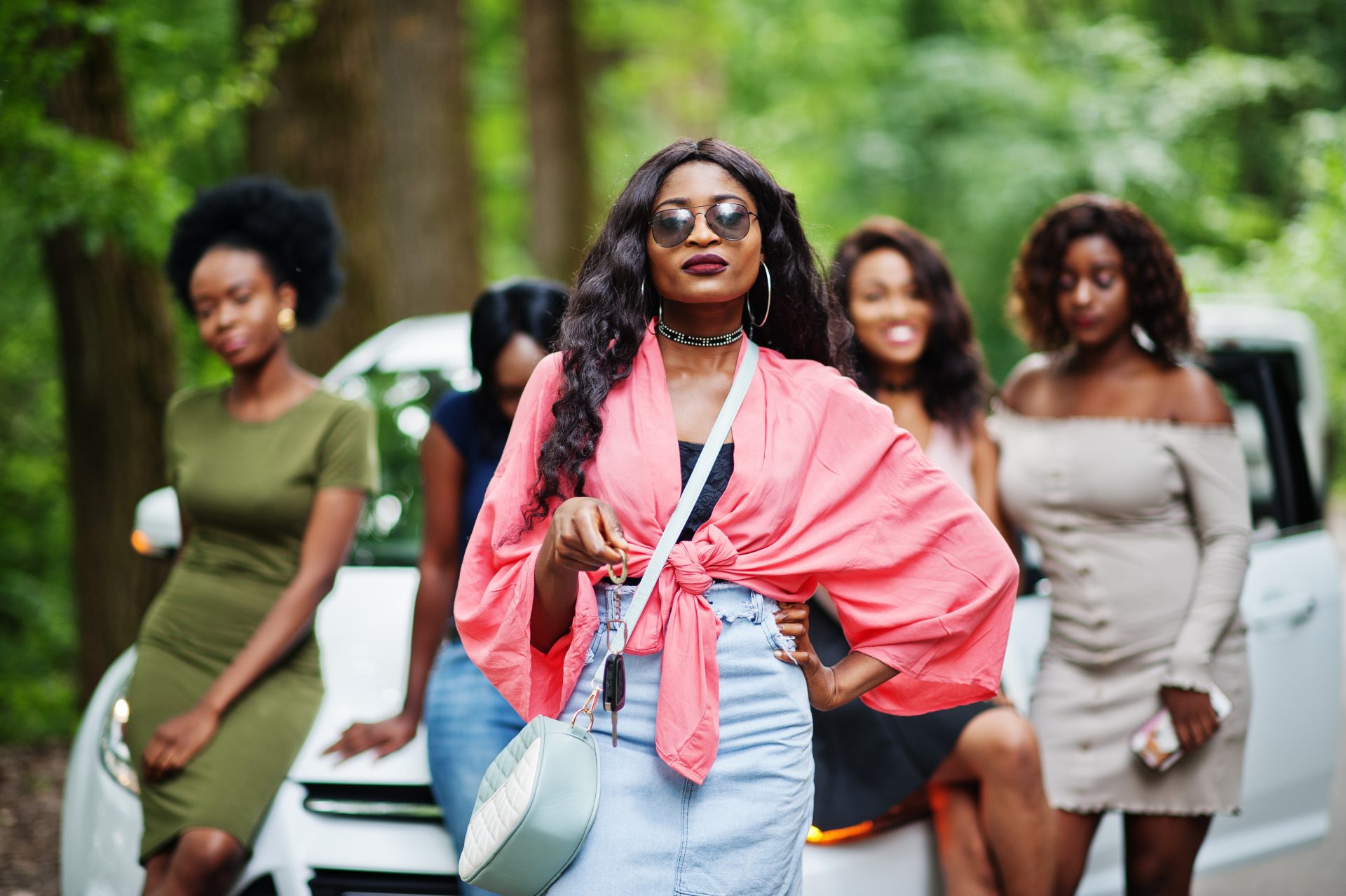
I quickly discovered that the streets themselves became a stage for this reimagined boho ethos. As I walked by art galleries and upscale storefronts, I beheld the local happening: stylish denizens merging the local with the global, as per the eclectic art of living that the younger set now calls boho. These reinterpreted bohemians are not just dressing but curating a lifestyle—and that’s a thing more than sartorial.
Locals are pairing loose, embroidered kaftans (a moment, by the way, for off-loom embroidery) with sharp, tailored denim. A young man in a distressed blazer caught my eye; his ensemble took the effortlessness once epitomized by icons like Jane Birkin and Steve McQueen and cranked it to 11. He had the underrated confidence that only a few seem to command to say, “I look like this because, in all ways, it reflects who I really am.”
The climax of the evening took place on a rooftop, with the city’s skyline providing a glittering counterpoint to the earthy tones of boho chic.
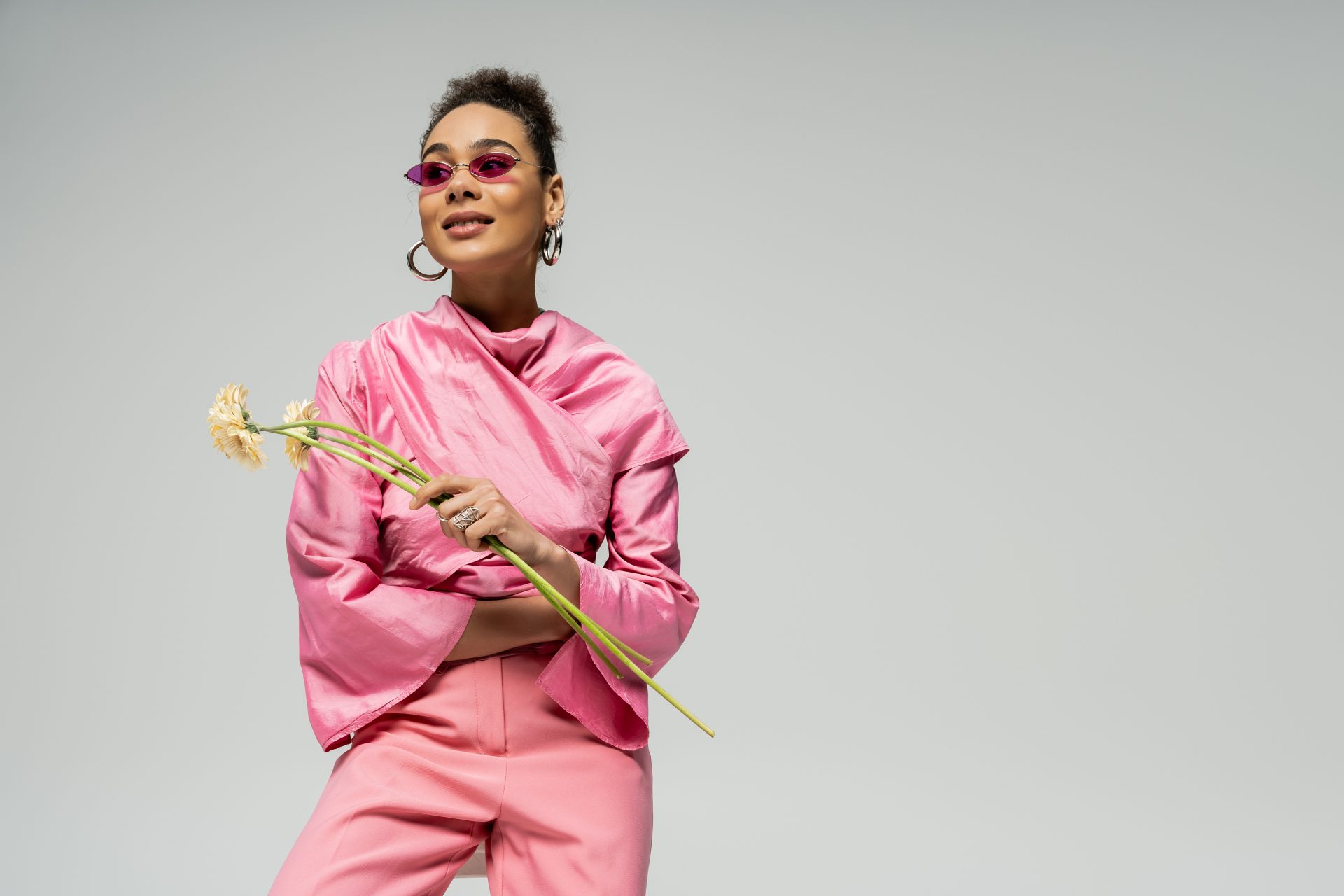
As discussions about everything from sustainable sourcing to the newfound popularity of artisanal techniques flowed around me, I realized the evening’s narrative—if there was one—was this: Every person I encountered was fully invested in the idea that they, too, were living a story. One woman posed nearly the same question to two friends in succession: “What is your story?” I count three answers among us, but I found that each was an occasion for her to talk about her work. There were many memorable moments from the rooftop, but I’ll relay only one.
A designer with whom a friend had recently collaborated on a collection told us about her inspiration. That night awakened my understanding that boho chic has transcended its once narrowly defined borders to become a broad style narrative embracing nostalgia and forward-thinking design. It’s a fashion nebulous enough to be what you want it to be, and that’s the brilliance of it.
In this moment when excellence is rightly demanded in the construction of garments, in this moment when fashion, paradoxically, is more about what isn’t there (i.e., the absence of overt logos or clear, “safe” signs of what is in or out of fashion), boho chic—unlike practically anything else—delivers. It is a style of life (think Anthropologie) and, as I discerned onlookers doing at Desert Reverie, an art that seeks to be performed convincingly by anyone who attempts it. While I was exploring the vibrant Palm Springs nightscape, I felt an almost spiritual connection to the ever-evolving world of bohemian style.
The real-world evidence I encountered—be it the daring reinterpretation of the vintage maxi dress, the sustainable elegance of upcycled fabrics, or the bold simplicity of a well-worn leather jacket—was a reminder that true style is an ongoing conversation between the past and the present and is one in which we can all participate, adding unique chapters to the story of modern boho chic. I left that night with a renewed appreciation for a style that is as resilient and graceful as it is rooted in tradition but unafraid of transformation. The contemporary bohemian landscape still exists even as “boho chic” continues to evolve.
From where I now live in Southern California, I can watch the stylish sun-soaked streets of Palm Springs; behind the gates of its iconic midcentury homes, a new era of boho chic beckons. And even as I gather with my own creative circle in the San Diego suburbs, I feel the pull of the original bohemians of art and literature who once camped out in this sun-drenched part of the world.
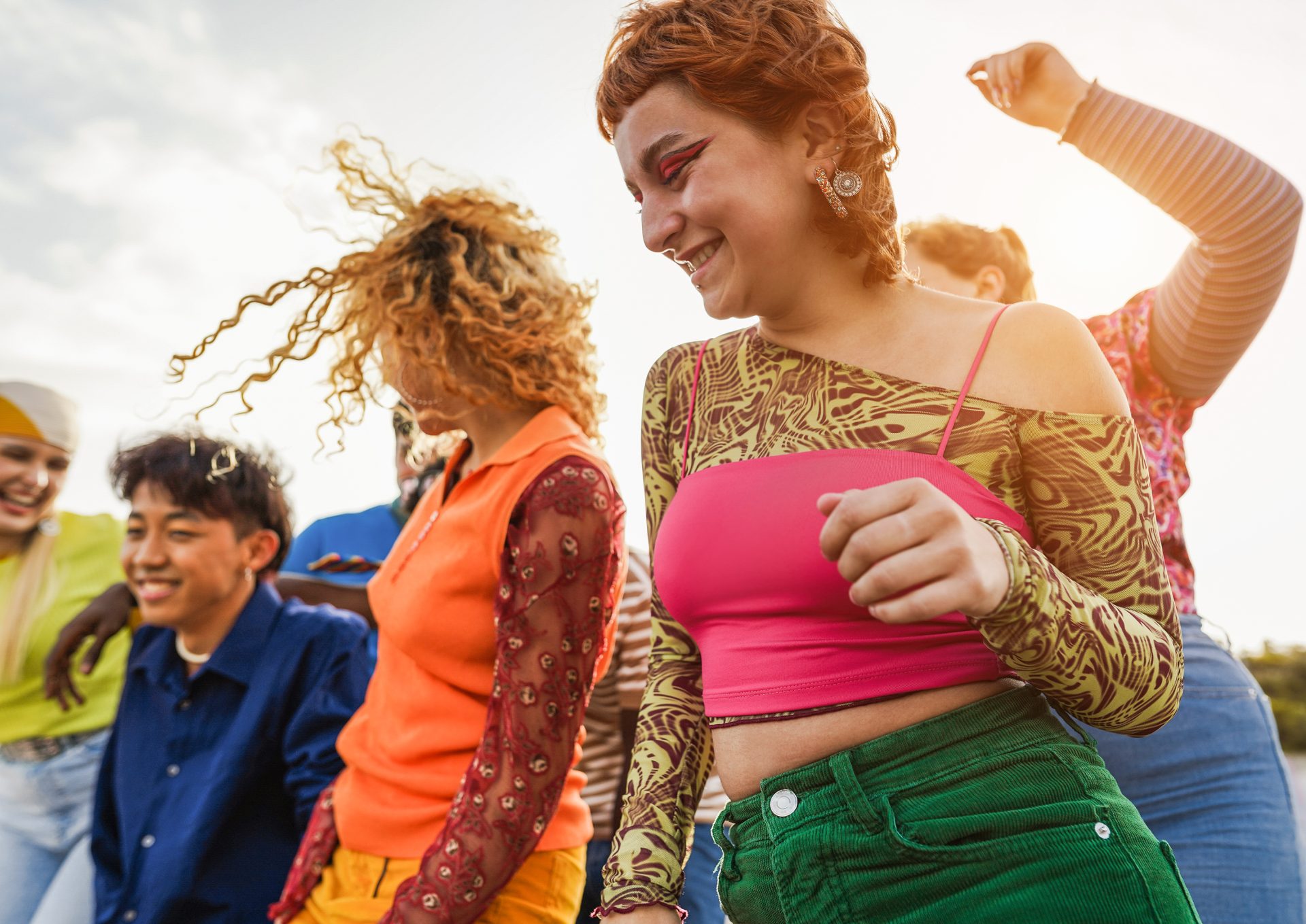
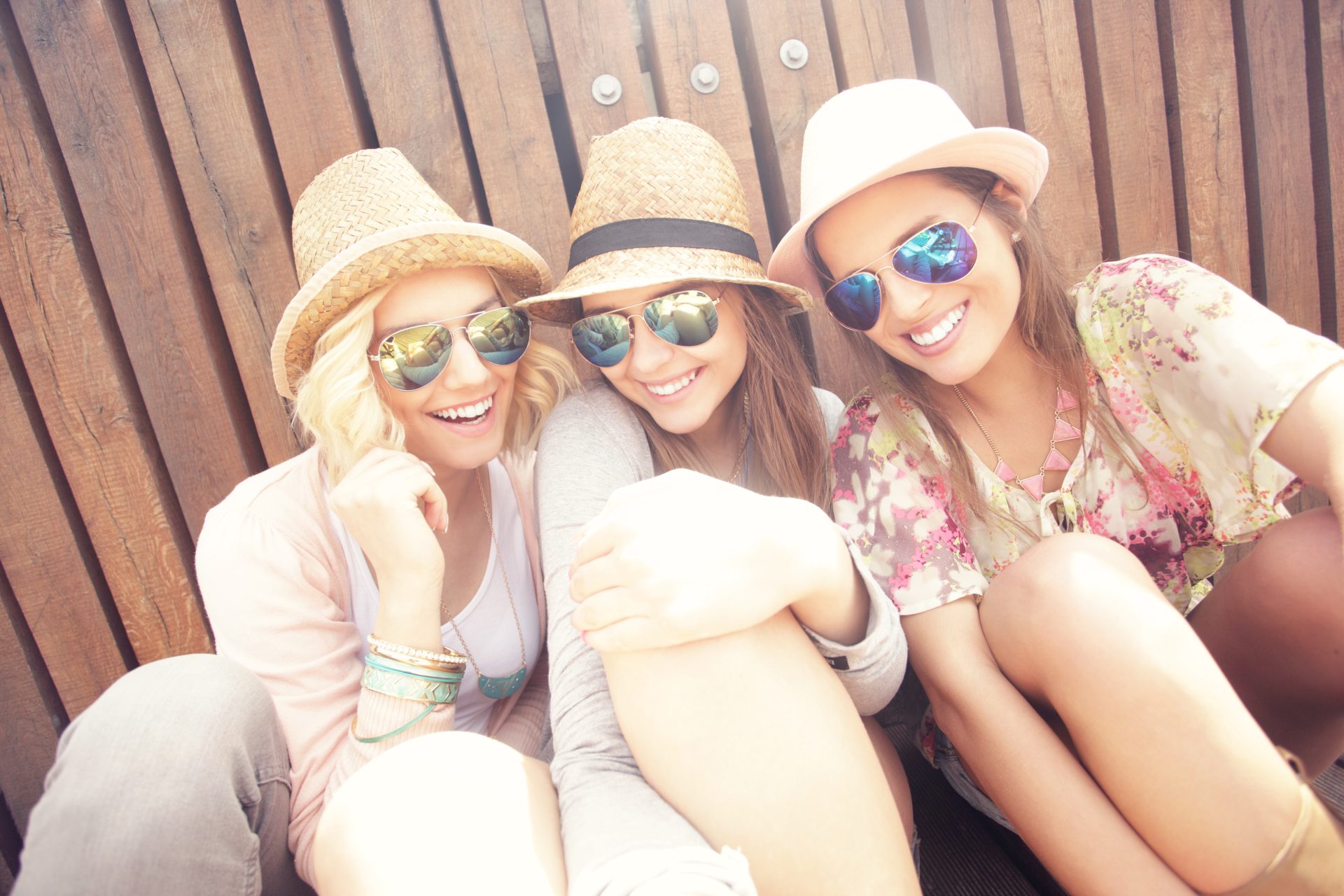
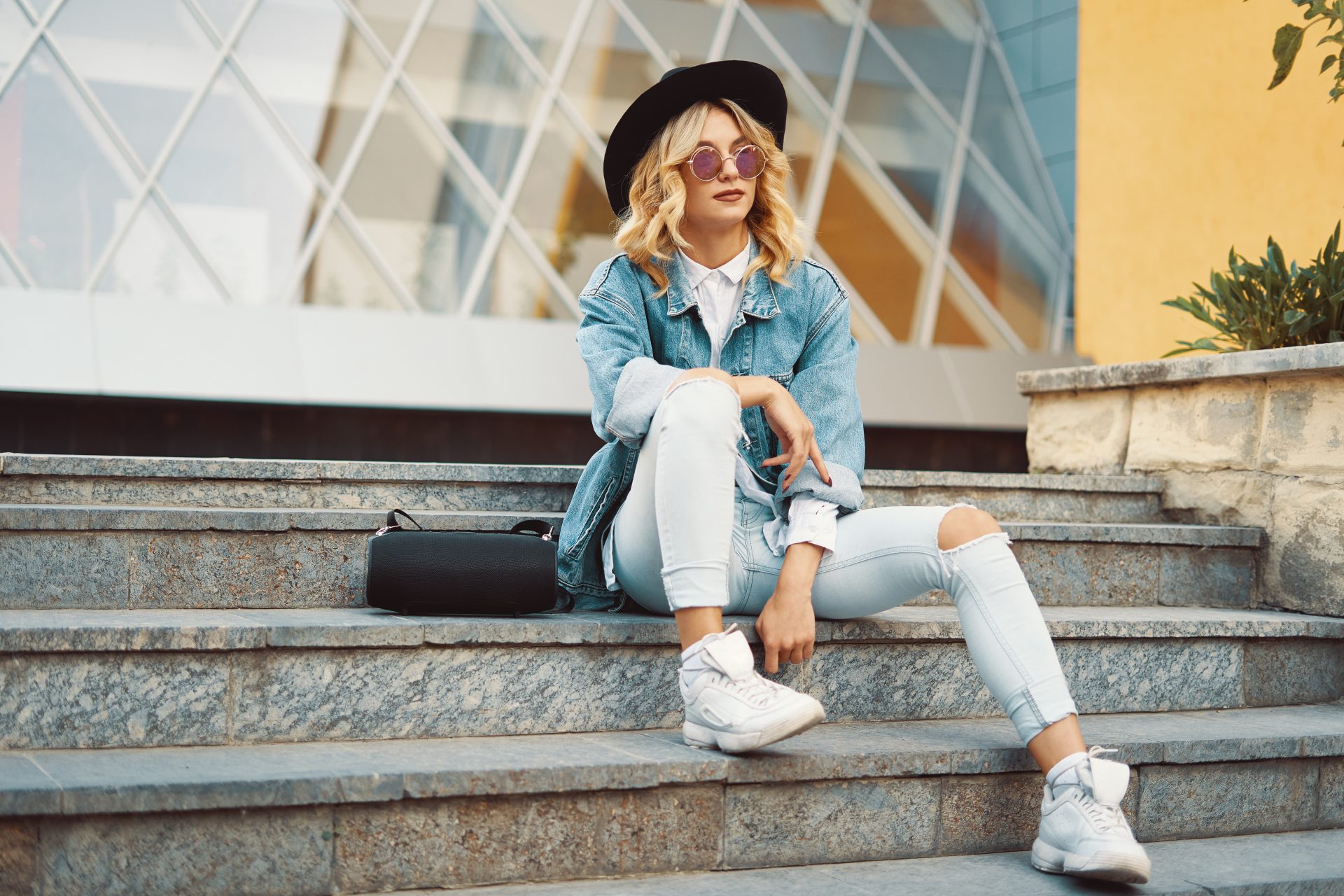
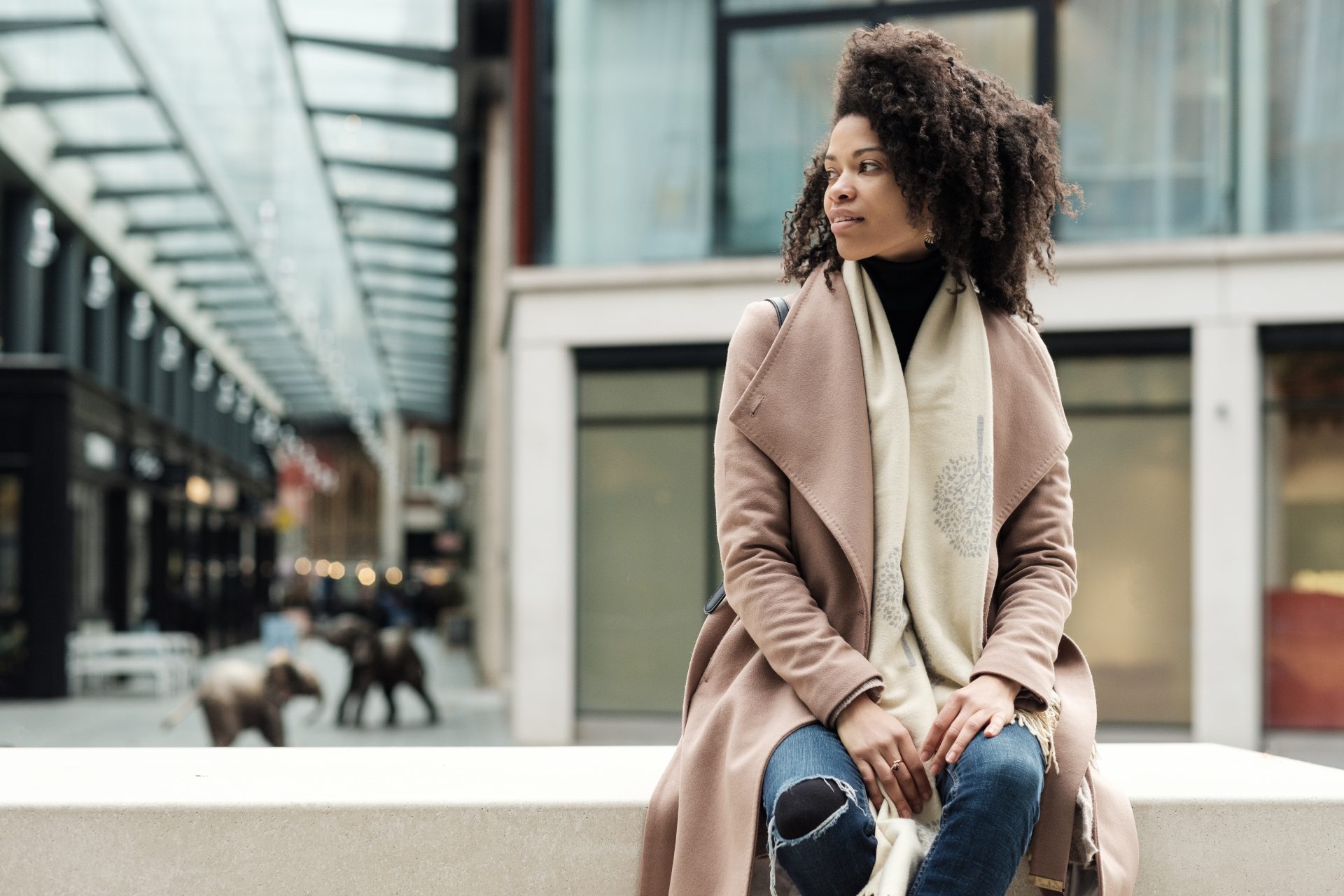
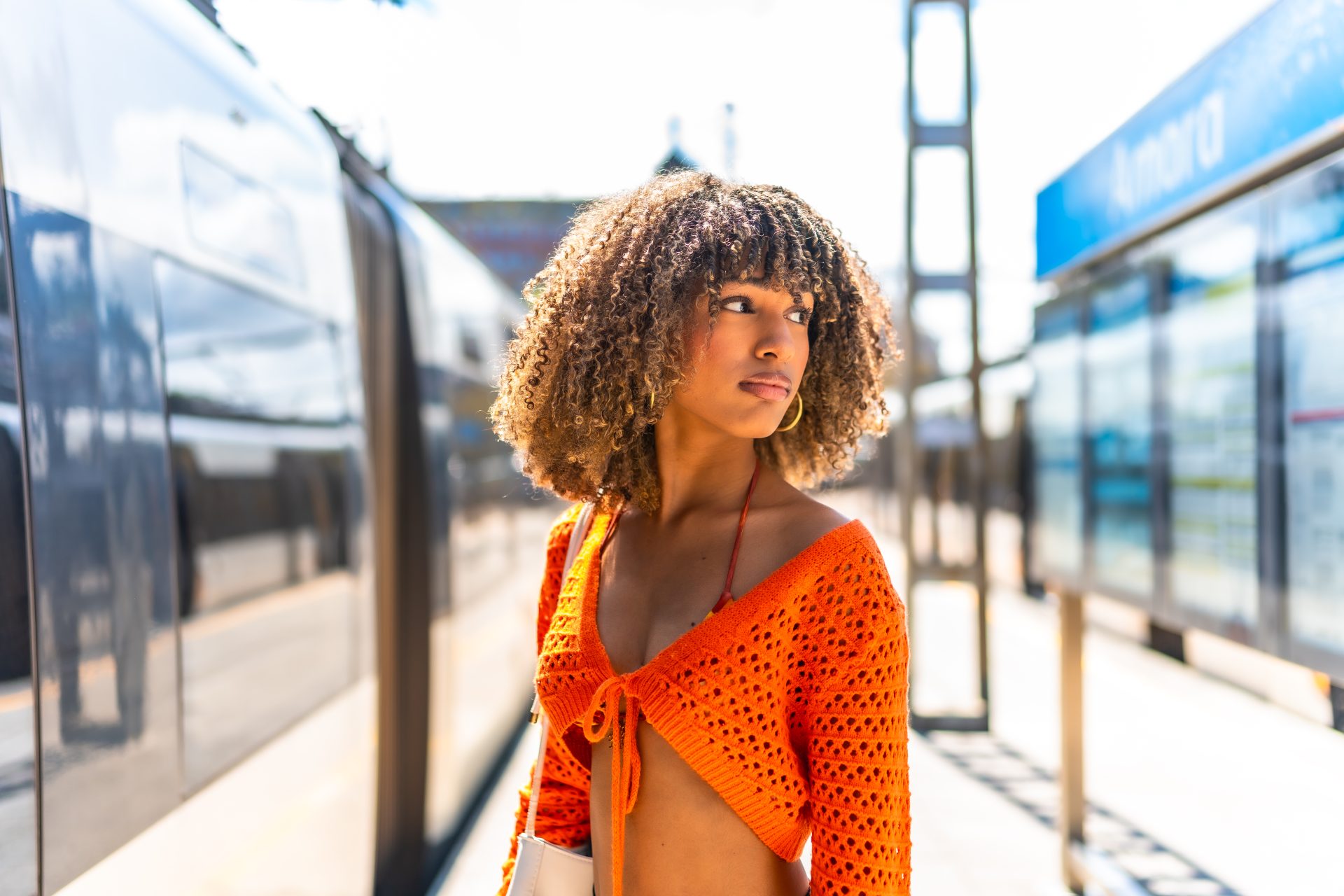
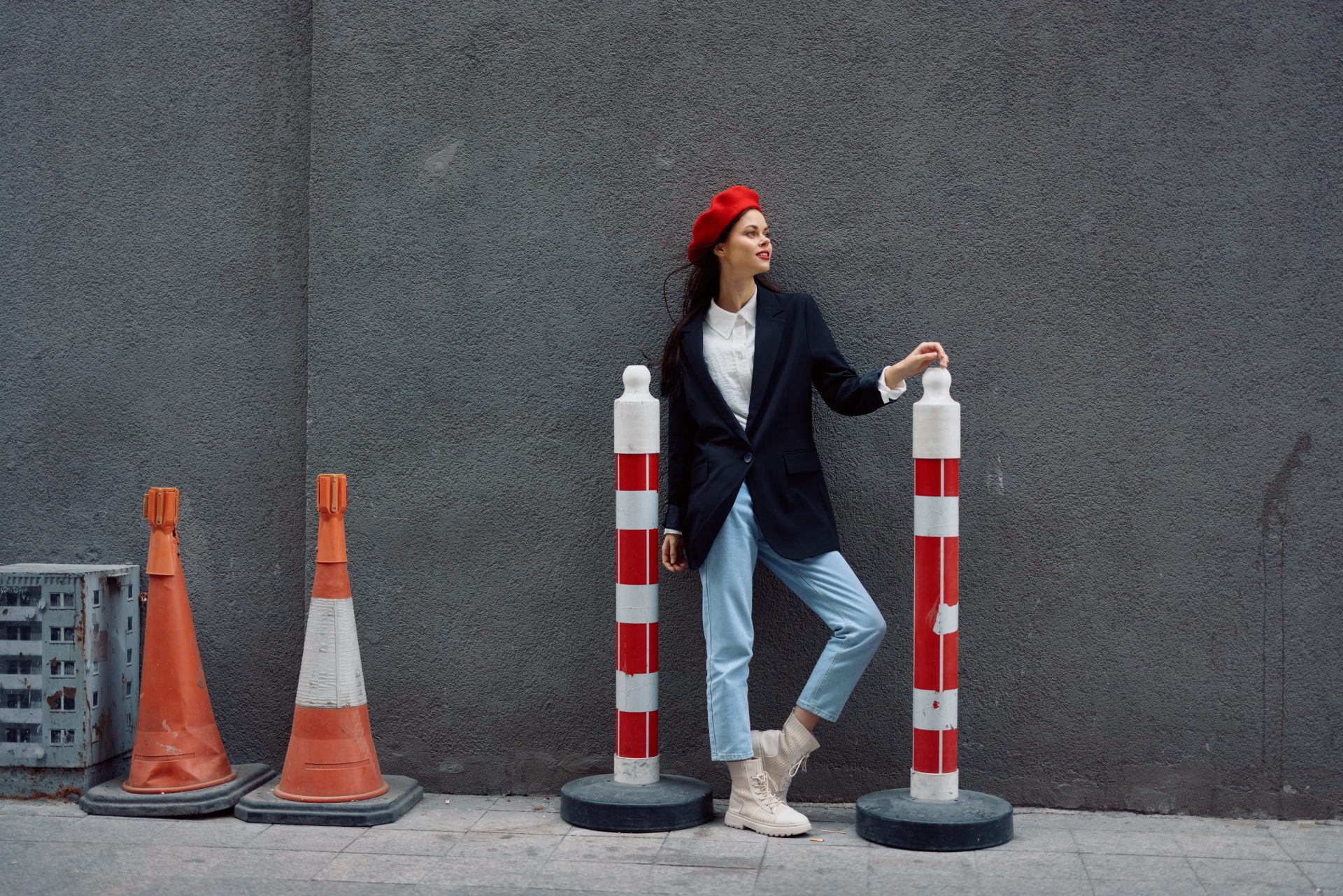

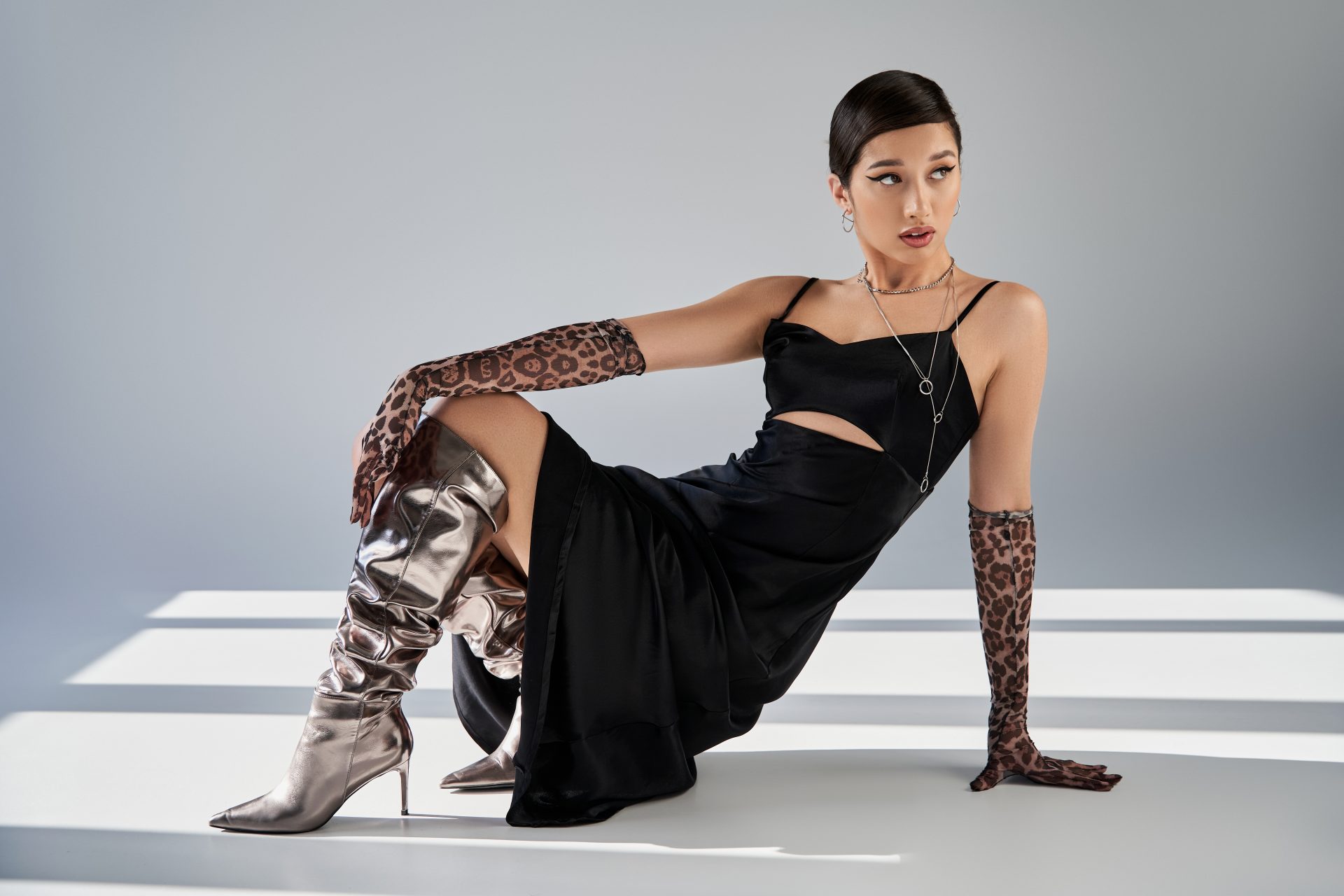
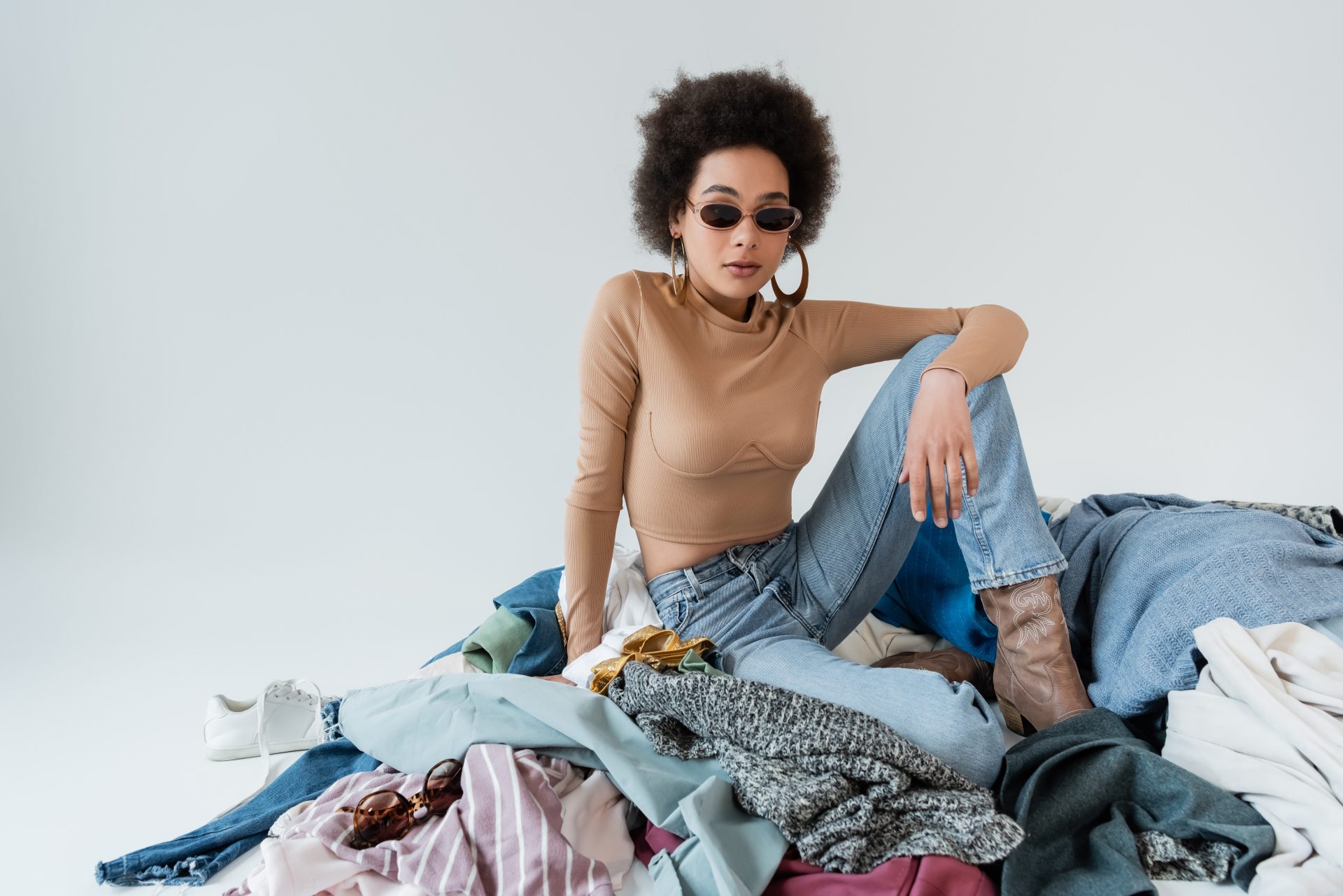

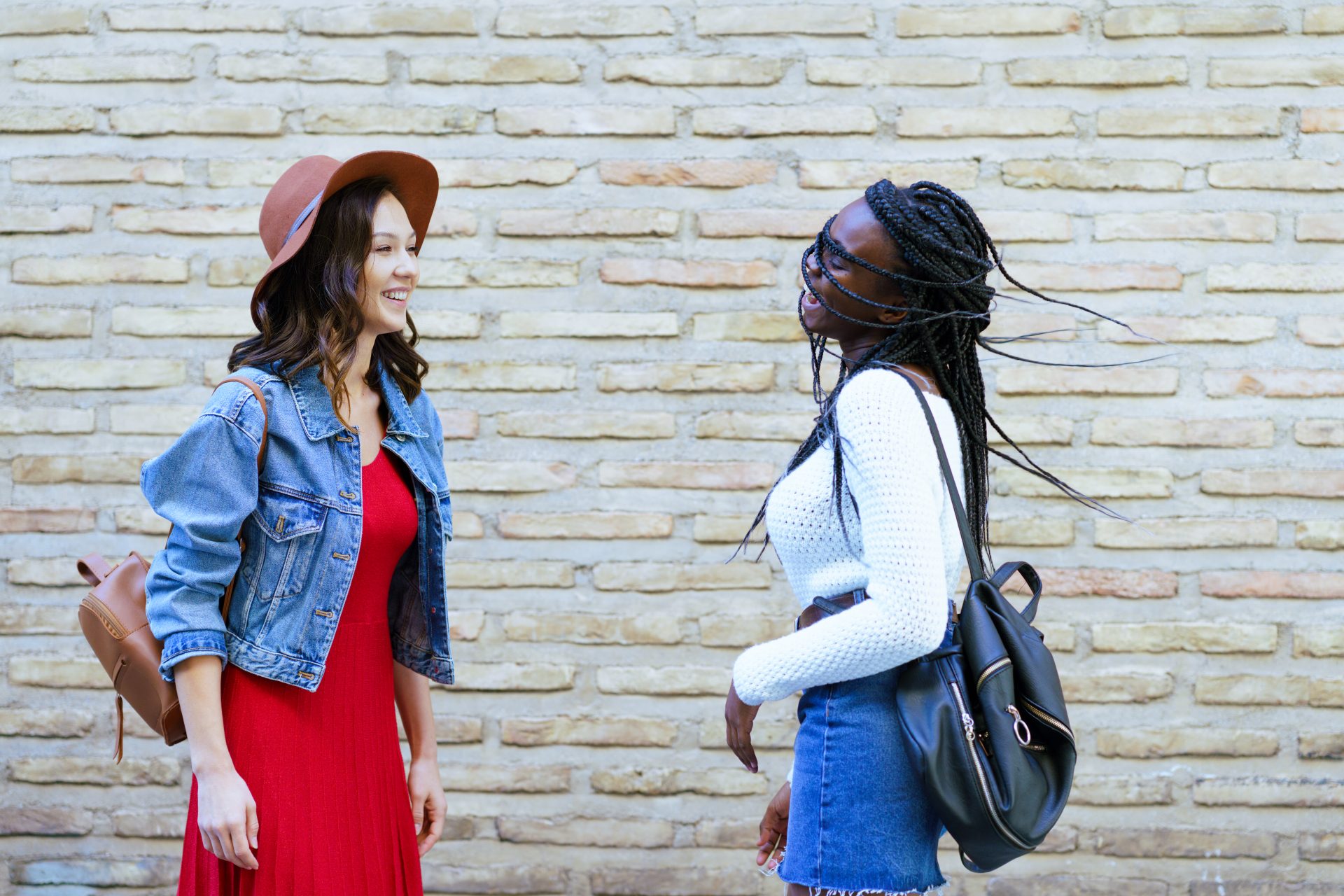
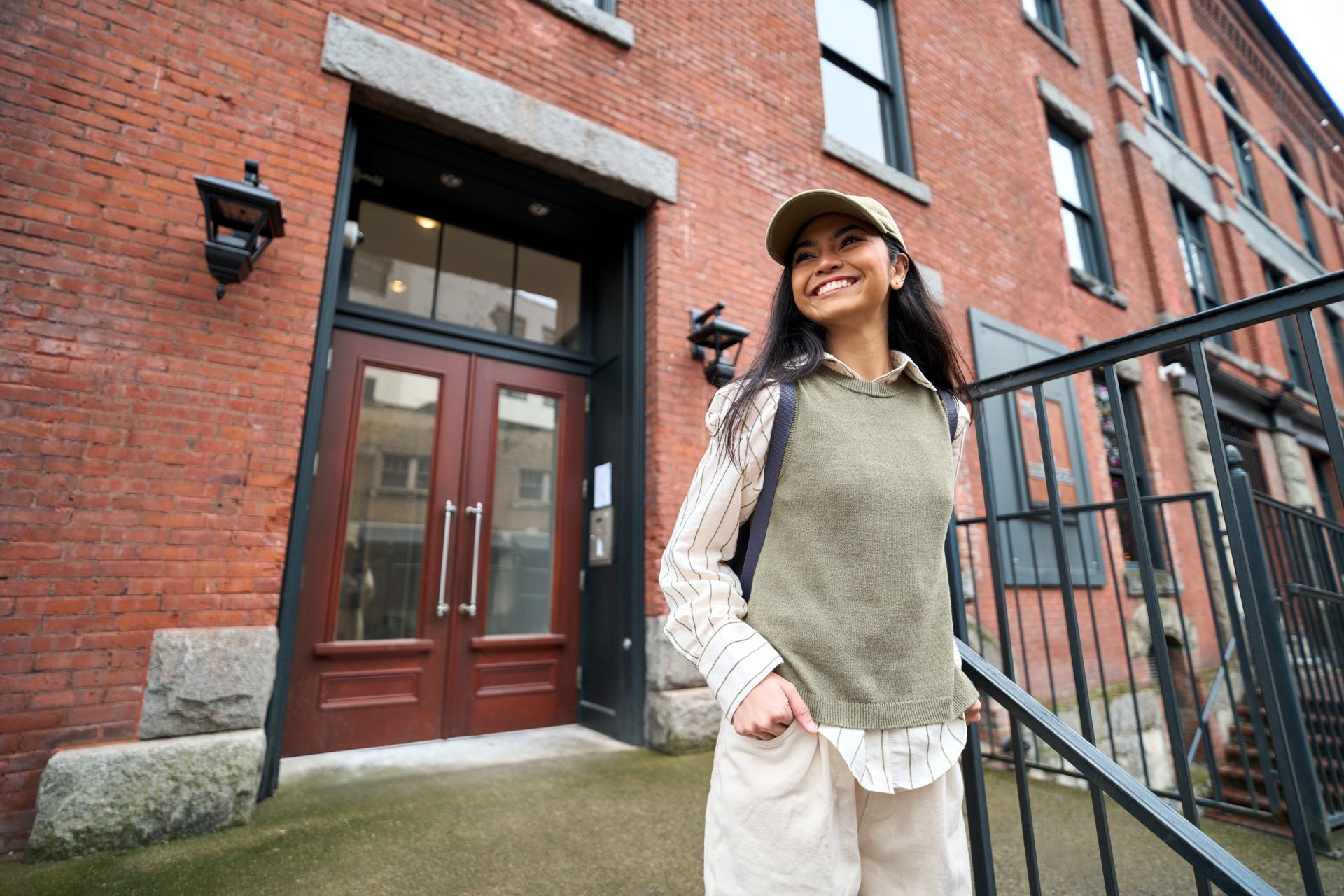

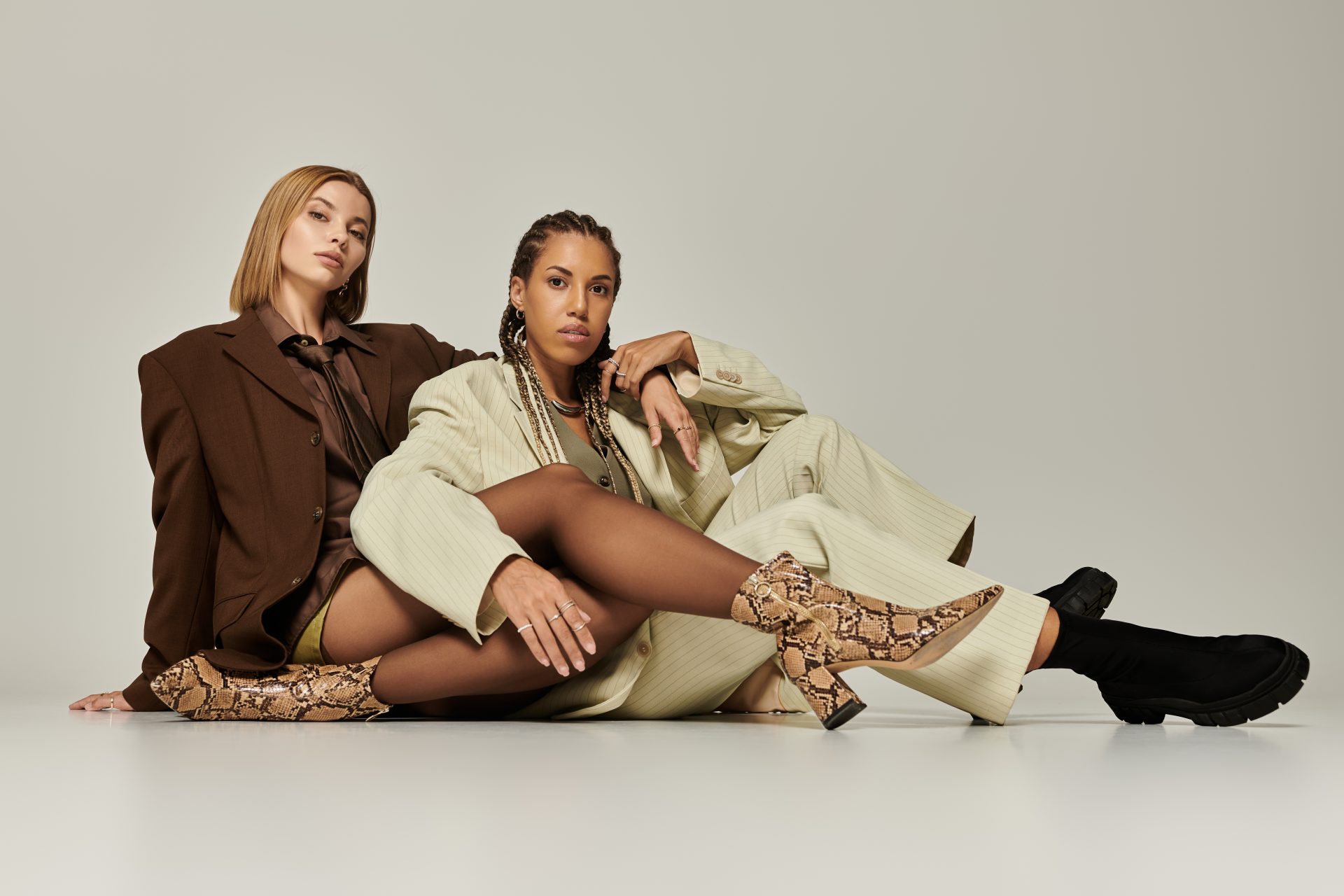
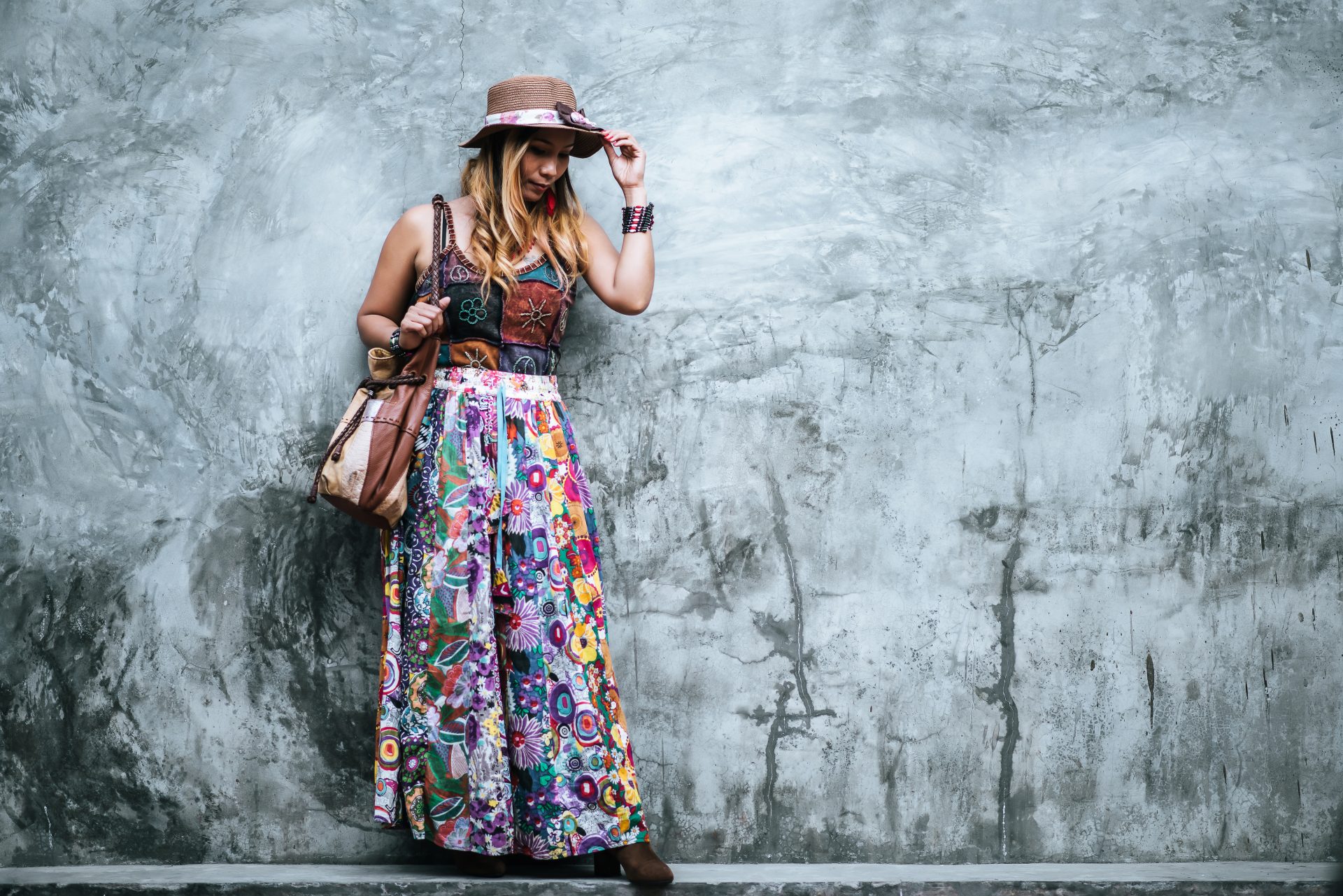
0 Comments